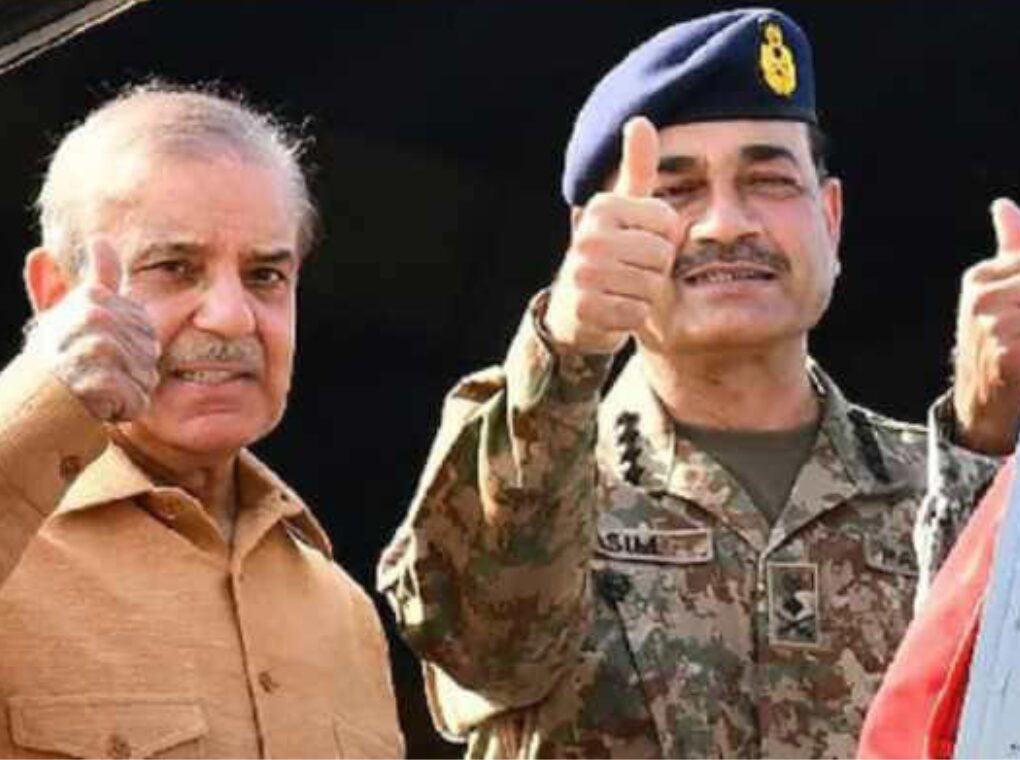Pakistan is facing the most dangerous crisis in its modern history. The monster it helped create—the Taliban—has now turned its guns on Islamabad. The very force once cultivated as a “strategic asset” to influence Afghanistan and counter India has become Pakistan’s greatest threat.
In recent weeks, the Tehrik-e-Taliban Pakistan (TTP), under the command of Noor Wali Mehsud, has escalated its offensive against Pakistani forces, declaring what it calls a “holy war” to conquer Pakistan. The message from Kabul’s Taliban leadership is equally menacing: they will not restrain their ideological brothers. Instead, the Afghan Taliban has reportedly ordered the “complete conquest” of Pakistan—a stunning reversal of fortune for the country that once nurtured and financed them.
The Hunter Becomes the Hunted
For decades, Pakistan’s military establishment supported jihadist groups as part of its regional strategy. The Taliban was born in the chaos of post-Soviet Afghanistan, and Pakistan’s intelligence agency, the ISI, played a critical role in its rise. Islamabad viewed the group as a tool to secure influence in Kabul and ensure “strategic depth” against India.
But now the tables have turned. The TTP, an offshoot of the Afghan Taliban, has grown into a well-armed insurgent army inside Pakistan’s own borders. Its fighters operate openly across Khyber Pakhtunkhwa and parts of Balochistan, establishing checkpoints, collecting taxes, and enforcing their version of Sharia law. The Pakistani state’s authority in these areas has crumbled.
The situation deteriorated sharply after recent clashes along the Afghan border in which several Pakistani soldiers were killed. TTP fighters have seized military vehicles, captured weapons, and humiliated Pakistani forces in propaganda videos. A militant leader—Pakistan’s most wanted terrorist—was even seen moving freely in mosques, addressing crowds, and issuing orders for the “conquest of Pakistan.”
Diplomatic Humiliation in Istanbul
Desperate to regain control, Pakistan sought help from the Afghan Taliban through back-channel diplomacy in Istanbul. Islamabad presented evidence of TTP safe havens inside Afghanistan, hoping the Taliban government would act. But the talks collapsed spectacularly.
The Afghan Taliban refused to take military action against the TTP and instead advised Pakistan to “negotiate directly” with the militants—effectively asking it to surrender. For Pakistan’s generals, this was nothing short of humiliation. The country that once dictated terms to Kabul is now pleading for cooperation from a government it helped install.
A Military Losing Control
The Pakistani military, long considered the most powerful institution in the country, now finds itself stretched thin. Continuous insurgent attacks have exposed weaknesses in its intelligence and logistics. Entire convoys have been ambushed, military equipment looted, and morale among troops has plummeted.
In some towns of Khyber Pakhtunkhwa, TTP fighters patrol openly while local officials have fled. Civilians whisper that the government exists only on paper. The army’s old doctrine of “strategic depth” has imploded—Pakistan’s western frontier has become a bleeding wound.
Even more alarming are reports suggesting Pakistan’s nuclear command structure remains under heavy external supervision. Concerns over potential militant infiltration have long haunted Pakistan’s defense planners. The mere perception that its nuclear assets might be vulnerable has deepened the sense of crisis within the state.
A Monster Unleashed
The rise of the Taliban and its Pakistani affiliate is not accidental—it is the consequence of decades of reckless policy. By using militant groups as foreign policy tools, Pakistan built an ecosystem of jihad that it could never fully control. These groups evolved beyond the state’s command, driven by ideology rather than politics.
Today, Pakistan is reaping the whirlwind of its own creation. The same sanctuaries, funding networks, and religious indoctrination once used to project power abroad have become the foundation of an internal insurgency. With the Afghan Taliban unwilling to restrain its allies and the TTP expanding its reach, Pakistan faces an existential security crisis.
The Road Ahead
To survive, Pakistan must confront hard truths. It can no longer afford to differentiate between “good” and “bad” Taliban. The idea that militancy can be managed or manipulated has failed. A comprehensive counterterrorism strategy—political, military, and ideological—is now imperative.
Yet such a shift will require more than military operations. It will demand dismantling the networks of radical clerics, financiers, and madrasa systems that have sustained extremism for decades. It will also require breaking the deep ties between parts of the security establishment and militant proxies.
If Pakistan continues on its current path, the consequences could be catastrophic. The state risks losing control over entire provinces, undermining its nuclear deterrent, and sliding into prolonged civil conflict.
The Executioner Arrives
Pakistan wanted to use the Taliban as a weapon—to dominate Afghanistan and shape South Asia’s security landscape. But history has turned full circle. The Taliban has become the executioner, and Pakistan its intended victim.
The lesson is brutal but clear: a state that plays with fire cannot escape being burned. Pakistan’s creation has come home to destroy its creator. And unless Islamabad finds the courage to confront the monster within, the prophecy of its own undoing may soon become a reality.
